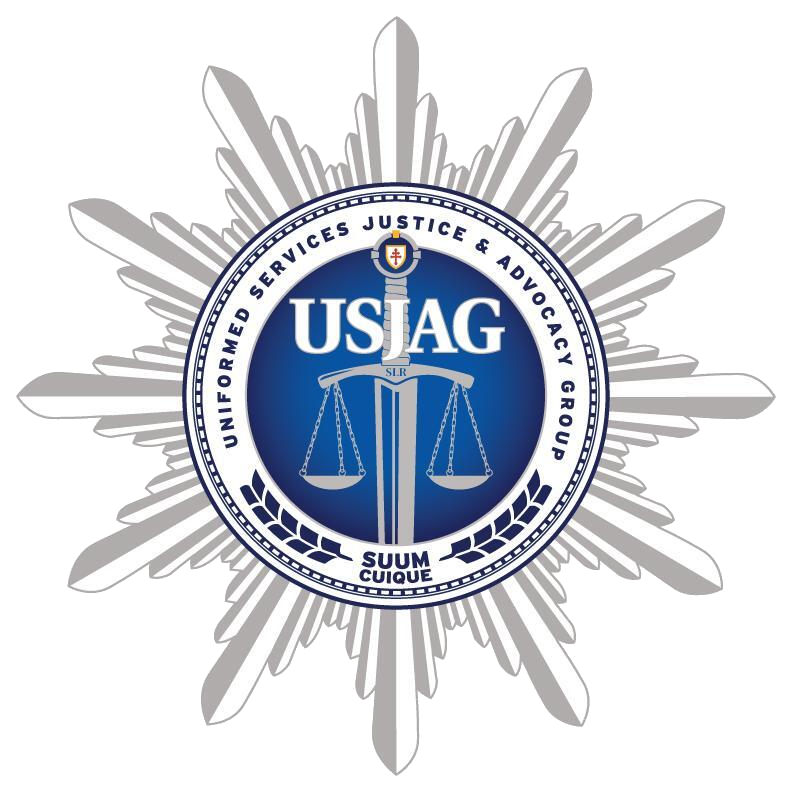
The time for third-party oversight is now.
Problem
Insiders within the Department of Defense rig the discharge process of injured service members.
Unqualified individuals make judgment calls requiring expertise they do not possess, resulting in fraudulent separations.
Numbers
Since the Global War on Terrorism (GWOT) began in 2001, hundreds of thousands of fraudulent separations have harmed injured service members, their families, and communities across the United States.
Root Cause
One could view this problem as the root cause of the many issues within the veteran community.
It begins with how injured service members are treated before leaving the military, and the results are devastating.
Damage
The ramifications extend beyond the injured service members and directly impact their families and the communities in which they live.
It creates a heavy fiscal burden on state and local governments and non-governmental entities.
Why is it happening?
-
Non-deployable injured active-duty service members are viewed as a liability on a balance sheet. Thus, they are no longer deemed of any value by the Department of Defense, which is technically accurate in basic economics. However, there is a right way and a wrong way to clean up a balance sheet, and the wrong way is happening far too often.
The most common reasons for such fraudulent actions are budgetary and, in some cases, retribution.
-
1) There is a finite amount of money allocated to base commanders on an annual basis.
2) Promotions of commanders are primarily based on Force Readiness.
3) Force Readiness is based on Deployable Status with a baseline target number of 95%.
4) Non-deployable, injured active-duty service members consume scarce resources which could be allocated to healthy and deployable service members.
5) A medical board proceeding can take up to a year or longer to come to fruition for an injured active-duty service member to be released from the military with a medical retirement.
6) Chaptering an injured active-duty service member out of the military under less-than-honorable conditions can take a couple of weeks.
Chaptering is the easiest way to clean up the balance sheet by ridding it of its liabilities (non-deployable injured active-duty service members).
How is it happening?
-
For over 16 years, USJAG has successfully worked hundreds of cases in securing the vital medical care, and financial support owed to our nation's warriors.
The organization has worked with Congress in crafting legislation for the National Defense Authorization Act to plug the holes identified through its forensic investigations.
Unfortunately, the Department of Defense continues to find ways to circumvent the laws enacted by Congress intended to protect the rights and well-being of injured active-duty service members.
This is possible because the Department of Defense is responsible for implementing the policy and procedural changes and ensuring they are followed.
They’re policing themselves, and the results are disastrous.
The most common practice weaponized to circumvent the laws is handpicking medical doctors to sign off on the commander’s wishes resulting in fraudulent separations.
What are the consequences?
-
Injured service members are stripped of their benefits, honors, and dignity.
They are thrown into society to fend for themselves and end up in the Valley of Death.
The Valley of Death is a term used to describe an injured service member's journey from serving in combat, sustaining injuries, and being wrongfully discharged from the military under less-than-honorable conditions.
-
1) Deployment
Service members go off to war, and many come home damaged with Traumatic-Brain Injury, PTSD, and/or missing limbs.
2) Medication
The military’s solution is to place these injured service members on medications resulting in adverse side effects.
3) Behavioral Issues
The adverse side effects of the medications result in the injured service members acting out and being reprimanded under UCMJ.
4) Wrongful Discharge
Punishment under UCMJ results in injured service members being wrongfully discharged and stripped of all benefits.
5) Suicide
Injured service members face a grim future and a possible death sentence without proper medical care or access to VA benefits.
Solution
A third-party oversight body, ensuring that both policy and procedure are being followed as it relates to the discharge process of injured service members.
Structure
The third-party oversight body must be completely independent of any branch of service and housed within the Department of Defense Office of Inspector General (DOD IG).






